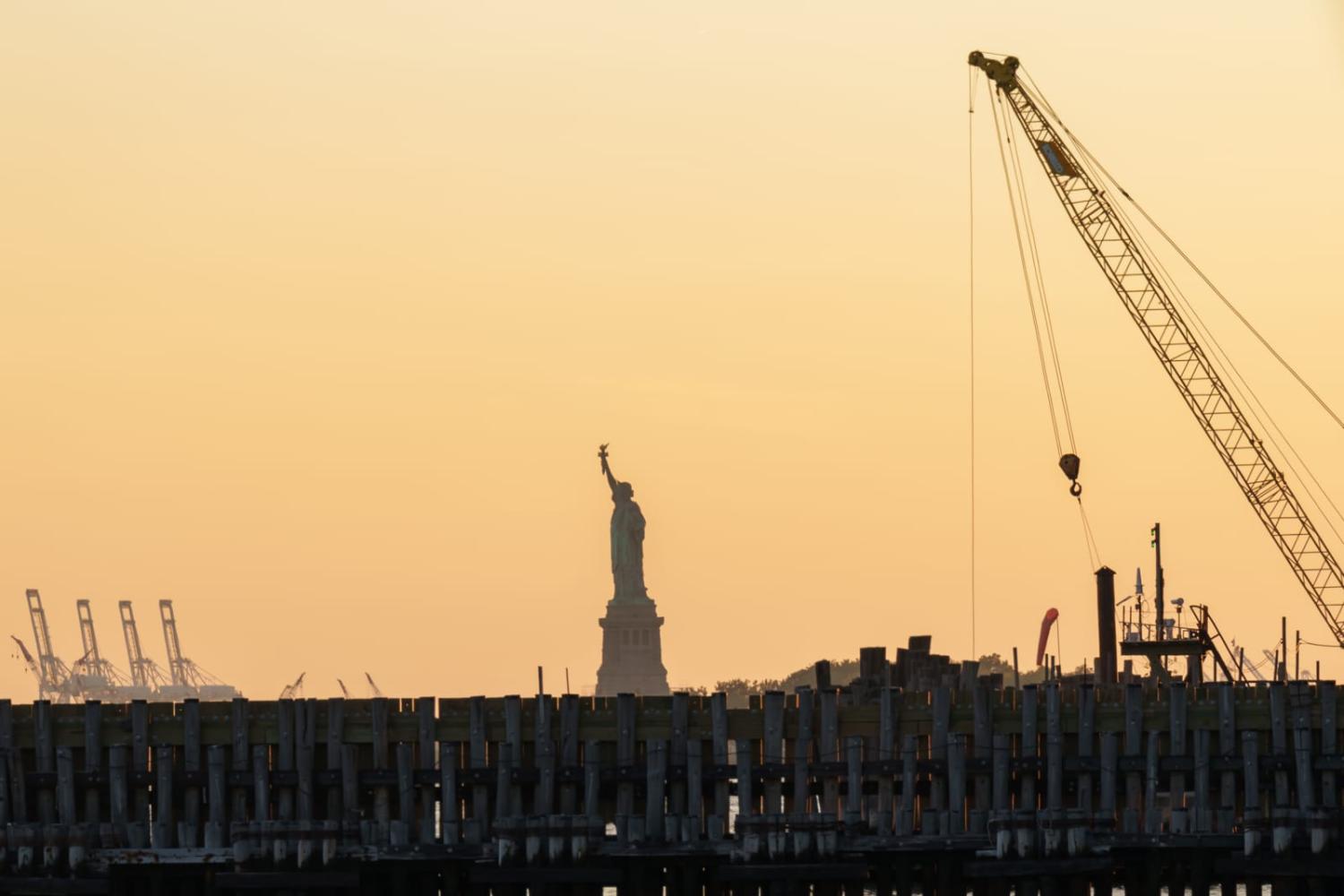American economic policy has shifted towards government intervention, including industrial policy and away from free-trade. US National Security Adviser Jake Sullivan set out the powerful rationalisation in his April speech.
How should Australia respond? Our situation is very different. Let’s count the ways.
Sullivan’s speech articulated several objectives, which provide a basis for the discussion. Expanded industrial support, emphasising high technology (computer chips) and climate change (electronic vehicles and batteries). More “good jobs” for blue collar workers. Restrictions on trade with China. Each of these elements is part of the overall geo-strategic response to the rise of China.
Industrial policy is far more likely to succeed in America than in Australia, but still has a mixed record. Proponents quote DARPA’s role in the computer/information revolution and the technological marvel of NASA’s moon landing.
Bidenomics has certainly boosted industrial investment, and trade restrictions are encouraging leading foreign car, battery, and chip makers to set up in America.
The fundamental difference is scale: America is big enough to provide a viable domestic market. Australia is not. A big market is needed to persuade leading foreign brands to set up shop. The sad history of car-manufacture in Australia illustrates the problems.
Asian success in industrial development (notably South Korea) was always export-oriented. Very low labour costs gave firms comparative advantage, foreign investment gave them technology, and exports gave them scale.
Trade presents a similar difference. America’s diversity in human and natural resources allows it to be at the autarchy end of the trade spectrum – its import + export share is 25% of GDP, compared with Australia’s 40%. Australia has narrow comparative advantage – mainly resources, but also some services such as education and tourism. Not only is it narrow, but it is a perfect fit with China’s needs.
Looking over the next decade or two, Australia’s ongoing high living standards depend crucially on the Chinese market. Within this time horizon, there is no realistic diversification that can alter this dependence. Selling barley to feed Saudi Arabian camels is less profitable than selling it to Chinese beer brewers.
Further ahead, if climate change contracts Australia’s coal and LNG exports, renewable electricity is the best chance of a substitute. This would, as a bonus, greatly enhance national security by reducing energy imports.
The second element – “good jobs” – is usually equated with industrial jobs, but in the information age, this is no longer true. Manufacturing is a much smaller component in the workforce in all rich countries, not only because of China, but because technology has replaced workers. Output has shifted towards services – education, health, aged-care, tourism, entertainment and so on. This is where the future “good jobs” will be.

The third issue – climate change – should be seen as an opportunity as well as a challenge. Australia has outstanding comparative advantage in one key element of the response – generating electricity with solar. Australian research made a huge contribution to the efficiency of solar panels. If, as seems likely, exporting green energy such as hydrogen will be difficult and costly, Australia will have outstanding comparative advantage in heavy industries and refining (steel, aluminium, lithium) as processing shifts to renewable electricity.
Sullivan’s fourth objective – ostracising China – makes no sense for Australia. Current policies seem sensible. Australia shouldn’t provoke China with unnecessary official commentary on Covid origins or human rights. At the same time, the country should not tolerate domestic interference or foreign bullying.
Australia should maintain tight security over sensitive issues (not just aimed at China), but continue to welcome Chinese students at universities and into research labs.
On industrial policy, Australia should not start with a purist neo-liberal no-government-interference mindset but should recognise the dismal track record. Vehicle batteries, solar panels, computer chips and all similar large-scale industries that are generously subsidised overseas should be avoided.
Government money is better used to promote public goods such as research (especially that related to climate change), infrastructure (especially the electricity grid), and to ensuring that government-provided services such as education are oriented towards the needs of the transition away from fossil fuels.
Nevertheless, this should not preclude assistance to specific enterprises which, in a risky and second-best world, are pioneering climate-related projects, as is already occurring. In industries where Bidenomics is “eating our lunch” by drawing investment and skilled resources away from our comparative advantage (e.g. hydrogen), there is a good case for policy response. But rather than focus on the reasonableness of spending $100 billion to promote climate change, better to explore the specifics of projects that are firmly based on comparative advantage.
Perhaps the most vexed issue is foreign investment. At present, Australia is open to all, although the Foreign Investment Review Board has become more security oriented. It might be better to formalise the ownership limitations, and where there is a shortage of domestic financing, stepping in with government participation. Australia shouldn’t allow pleas from customers for more coal and gas production to divert the country from its climate change objectives.
Sullivan welded all the elements of Bidenomics seamlessly into America’s geosecurity priorities. The suggestions made here would make Australia look quite different, and much less hostile to China. So be it. Geography, size and national interests are quite different.


